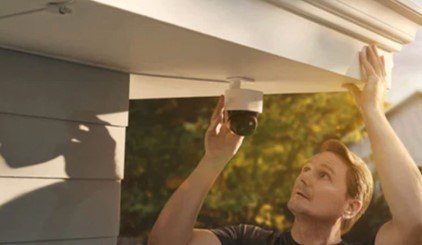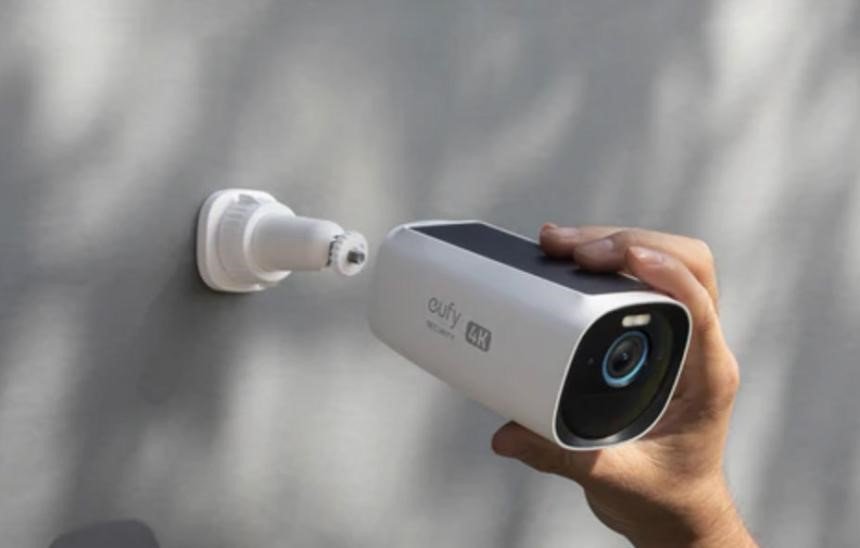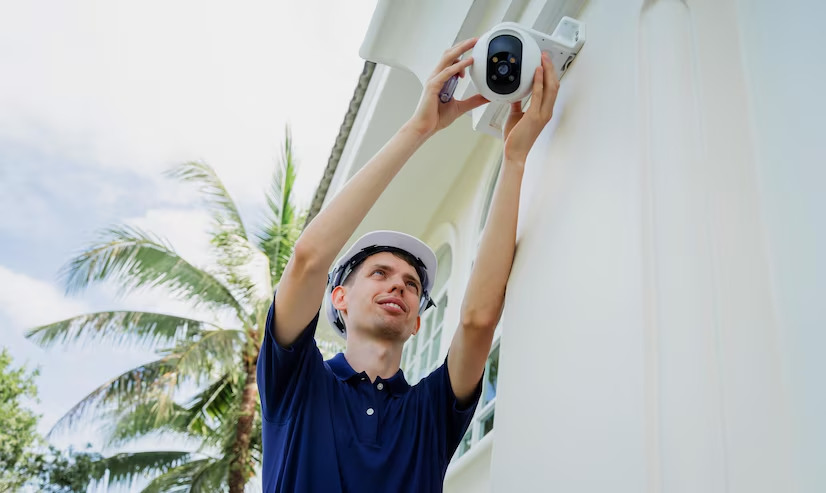Outdoor security cameras are essential for protecting your property and providing peace of mind. However, proper installation is key to maximizing their effectiveness. In this comprehensive guide, we’ll explore 10 essential tips for installing outdoor security cameras to ensure optimal performance and coverage. Let’s get started!
1. Choose the Right Location
The first step in installing outdoor security cameras is selecting the optimal locations. Consider areas that provide maximum coverage of your property, including entry points such as doors, windows, and gates. Additionally, ensure that the cameras are positioned high enough to deter tampering but within reach for maintenance purposes. Avoid placing cameras in areas with excessive glare or direct sunlight, as this can affect image quality. Finally, consider the camera’s field of view and angle to capture the desired area effectively.
2. Optimize Camera Placement
Once you’ve chosen the locations, it’s essential to optimize the placement of each camera. Position cameras strategically to cover vulnerable areas and potential blind spots. Aim cameras towards entry points and high-traffic areas for maximum visibility. Additionally, consider the height and angle of the camera to achieve the best viewing angle. Avoid obstructions such as trees or shrubs that may block the camera’s view or provide cover for intruders. Regularly test the camera’s view to ensure optimal coverage of the intended area.

3. Ensure Proper Wiring
Whether you’re using wired or wireless cameras, ensuring proper wiring is crucial for reliable operation. If using wired cameras, conceal cables to prevent tampering and protect them from weather elements. Use weatherproof conduits or cable covers for outdoor installations to prevent damage from rain or snow. For wireless cameras, ensure a strong Wi-Fi signal and consider using signal boosters or extenders if necessary. Additionally, secure cables and wires to prevent tripping hazards and potential damage to the camera system.
4. Secure Mounting Hardware
Properly securing mounting hardware is essential to prevent tampering and ensure the stability of outdoor security cameras. Use high-quality mounting brackets and hardware designed for outdoor use to withstand weather elements and potential tampering attempts. Securely fasten brackets to solid surfaces such as walls or posts using appropriate screws and anchors. Regularly check and tighten mounting hardware to prevent loosening over time. Consider using anti-tamper features such as locking nuts or bolts to deter theft or vandalism attempts.
5. Consider Lighting Conditions
Lighting conditions play a crucial role in the effectiveness of outdoor security cameras. Choose cameras with low-light or infrared capabilities for nighttime surveillance. Position cameras away from sources of direct light or glare to prevent washout or overexposure of images. Additionally, consider installing outdoor lighting fixtures to enhance visibility and deter intruders. Test cameras under various lighting conditions to ensure optimal performance and adjust settings as needed. Regularly clean camera lenses and housings to maintain clear visibility and prevent obstruction from dirt or debris.
6. Protect Against Weather Elements
Outdoor security cameras are exposed to various weather elements, so it’s essential to protect them accordingly. Choose cameras with weatherproof ratings such as IP65 or higher to withstand rain, snow, and extreme temperatures. Install cameras under eaves or awnings to provide additional protection from direct exposure to weather elements. Consider using protective enclosures or housings for added durability and longevity. Regularly inspect cameras for signs of damage or wear and perform maintenance as needed. Additionally, consider investing in surge protectors or outdoor-rated power supplies to protect cameras from electrical damage during storms or power surges.
7. Test and Adjust Camera Settings
Before finalizing the installation, thoroughly test and adjust camera settings to ensure optimal performance. Configure motion detection sensitivity, recording modes, and alert notifications according to your preferences. Test cameras under various conditions to ensure accurate detection and recording of activity. Adjust camera angles and positions as needed to eliminate blind spots or unwanted obstructions. Additionally, consider integrating cameras with a centralized monitoring system or mobile app for remote access and management. Regularly review camera footage and settings to identify any issues or areas for improvement.
8. Secure Network Connections
Security cameras are vulnerable to hacking and unauthorized access, so it’s crucial to secure network connections. Change default passwords and usernames for cameras and network devices to unique, strong credentials. Enable encryption protocols such as WPA2 for wireless networks to prevent unauthorized interception of data. Regularly update firmware and software for cameras and network equipment to patch security vulnerabilities. Consider using virtual private networks (VPNs) or network segmentation to isolate camera systems from other devices on the network. Additionally, monitor network traffic and devices for signs of unauthorized access or suspicious activity.
9. Regular Maintenance and Monitoring
Maintaining outdoor security cameras is essential for ensuring long-term reliability and effectiveness. Regularly inspect cameras for signs of damage, wear, or tampering, and perform cleaning and maintenance as needed. Clean camera lenses and housings to maintain clear visibility and prevent obstruction from dirt or debris. Check cables, wires, and connections for signs of wear or damage, and repair or replace as necessary. For optimal performance and security, you should regularly test the functionality of your home security video cameras and perform software updates. Additionally, monitor camera footage and alerts regularly for signs of suspicious activity or security breaches.

10. Consider Professional Installation
While DIY installation is possible for outdoor security cameras, consider hiring a professional for complex or large-scale installations. Professional installers have the expertise and experience to ensure proper placement, wiring, and configuration of cameras for optimal performance. They can also provide recommendations for camera selection and integration with existing security systems. Additionally, professional installation may include warranties or guarantees for workmanship and equipment. Before hiring a professional installer, research reputable companies and compare quotes to ensure you’re getting the best value for your investment.
Conclusion
Proper installation of outdoor security cameras is essential for protecting your property and enhancing overall security measures. By following these 10 tips, you can ensure optimal performance, coverage, and reliability of your camera system. From choosing the right locations to securing network connections, each step plays a crucial role in maximizing the effectiveness of your outdoor security cameras. With careful planning and attention to detail, you can enjoy peace of mind knowing that your property is well-protected against potential threats.
Read also: Creating a Bootable USB Drive on Mac: 5 Scenarios It Comes In Handy



